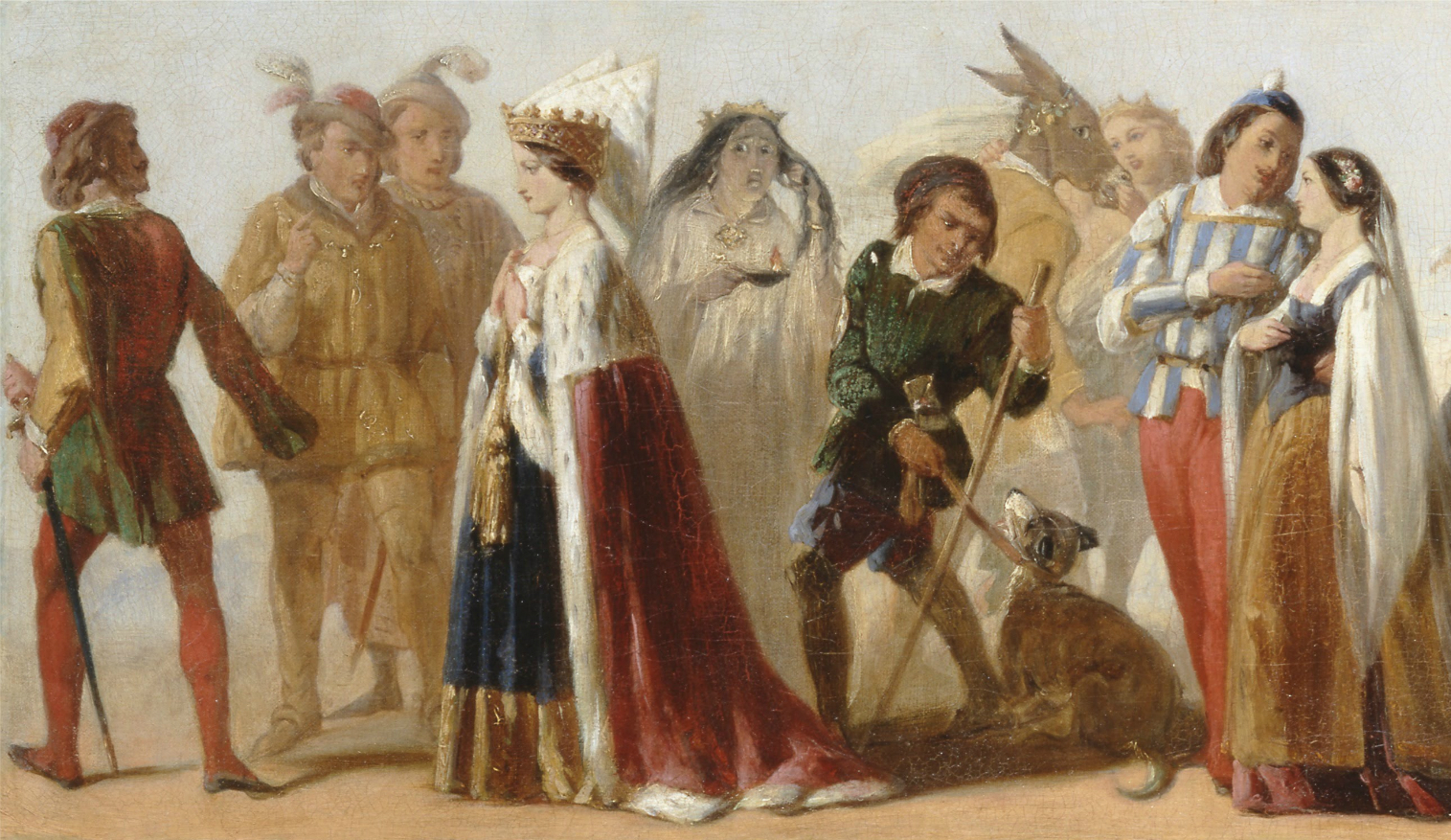Poison Pen: Deadly Potions in Shakespeare's Plays

On the 400th anniversary of the death of William Shakespeare, widely regarded as one of the most influential and enduring dramatists in the English language, Live Science takes a morbid look at his plays.
As a writer, Shakespeare was no stranger to death, generously strewing his dramas and tragedies with corpses that met their ends in a number of grisly ways, including stabbing, drowning, dismemberment, beheading and hanging.
There are even 10 deaths in his plays attributed to "extreme emotion," according to a study published in the British Medical Journal in 2006. [The 6 Most Tragic Love Stories in History]
But the use of poison — featured prominently in several of Shakespeare's most beloved plays — carried a special dramatic significance, according to Margaret Jane Kidnie, a professor of English and theater studies at Western University in Canada.
Thou mixture rank, of midnight weeds collected
"Hamlet," a sordid, high-stakes tale of betrayal, madness and murder that still enjoys great popularity today — and no wonder — tells of the Danish prince who discovers that his father was assassinated by his own brother, Claudius, who poured poison in the king's ear while he was asleep. Claudius later tries to tempt Hamlet with a cup of poisoned wine, which is drunk instead by Hamlet's mother.
Kidnie told Live Science that in classical theater, poison is seen as a "woman's weapon," and is typically administered by a female hand. But Shakespeare likely chose to make Claudius a poisoner because the character needed to be sneaky.
Get the world’s most fascinating discoveries delivered straight to your inbox.
"You have to think of the requirements of the play," Kidnie explained. "He needed a secret way of killing his brother — he had to kill the king without leaving a mark. Poison is an invisible murder weapon, which makes it appealing."
A dateless bargain to engrossing death
Shakespeare turned to poison once more in his timeless tragedy of young lovers Romeo and Juliet, who resolve their troubled relationship with the dregs of a deadly draught. At the play's end, Romeo is in despair after finding what he believes to be Juliet's lifeless body. He poisons himself by her side, and when she revives from what was merely the appearance of death and sees her lover's corpse, she stabs herself with Romeo's dagger.
Again, Shakespeare puts poison where you would least expect it — in Romeo's hand — while Juliet dispatches herself with a conventionally masculine death by stabbing. It's a very interesting dramatic reversal, according to Kidnie.
"This play is about young love, but it's also about masculinity," Kidnie said. "And what you get in the final moments is a blurring of gender stereotypes with the lovers' choice of death."
Choosing poison for Romeo's death also lent Shakespeare an opportunity to draw out the character's mental anguish for the audience, in a soliloquy where Romeo visits the apothecary's shop and agonizes over the ingredients for his suicide.
"It lets the audience see how empty his life is, now that Juliet's no longer in it," Kidnie told Live Science.
Using poison in these unconventional ways is just one small part of Shakespeare's theatrical repertoire. Kidnie suggested that perhaps by upsetting expectations for how poison could be used, he created dramatic moments that were exceptionally unique and powerful, cementing his legacy of heartrending (and somewhat gruesome) tragedies that still resonate with audiences today.
Follow Mindy Weisberger on Twitter and Google+. Follow us @livescience, Facebook & Google+. Original article on Live Science.

Mindy Weisberger is a science journalist and author of "Rise of the Zombie Bugs: The Surprising Science of Parasitic Mind-Control" (Hopkins Press). She formerly edited for Scholastic and was a channel editor and senior writer for Live Science. She has reported on general science, covering climate change, paleontology, biology and space. Mindy studied film at Columbia University; prior to LS, she produced, wrote and directed media for the American Museum of Natural History in NYC. Her videos about dinosaurs, astrophysics, biodiversity and evolution appear in museums and science centers worldwide, earning awards such as the CINE Golden Eagle and the Communicator Award of Excellence. Her writing has also appeared in Scientific American, The Washington Post, How It Works Magazine and CNN.
